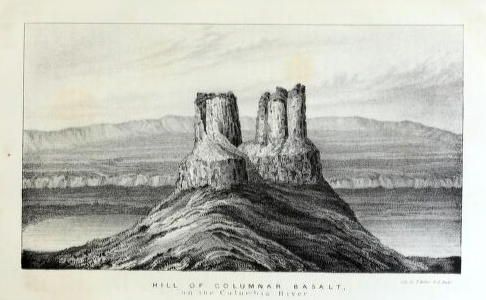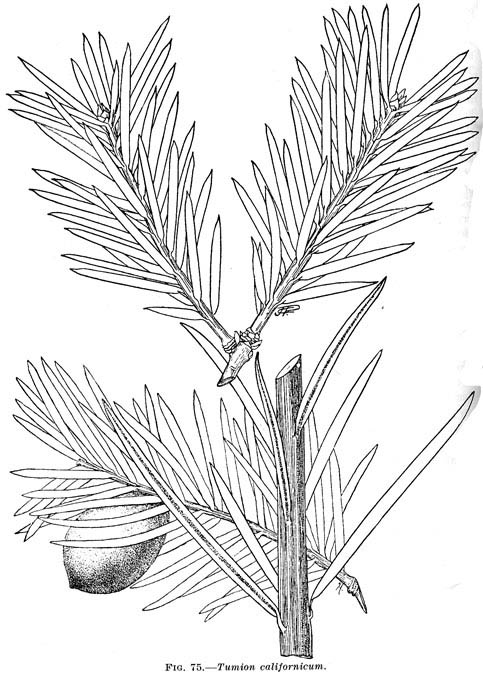Happy Birthday to John Torrey!
 |
| A portrait of the birthday boy, John Torrey. From the New York Botanical Garden’s John Torrey Papers collection. |
Torrey was a different kind of pioneer, not an explorer, preferring instead the excitement of discoveries made under the microscope, to which he dedicated his life and his passions. So, this week we take a break from the regular Book of the Week posts to recognize Torrey on his 217th birthday for the significant contributions he made to botany, chemistry, and our understanding of North American flora.
Torrey was born August 15, 1796, in New York City to an established New England family, Captain William Torrey and Margaret Nichols. As a young man, Torrey showed great curiosity and interest in many subjects, but especially mechanics, thinking he might become a machinist. But when his father was appointed as Fiscal Agent of the State Prison in Greenwich, Torrey had a chance encounter with prisoner, and botanist in his own right, Amos Eaton. Eaton provided rudimentary instruction to Torrey, but, most significantly, awakened a zeal for the subject that remained with him throughout his life.
At first Torrey sought to cultivate this passion primarily as a leisure activity and pursued a medical degree, graduating and starting a moderately successful practice. But during his studies, Torrey made time to cofound the Lyceum of Natural History, now the New York Academy of Science; began documenting the plants in his vicinity; and published his first tome, “A Catalogue of Plants Growing Spontaneously Within Thirty Miles of the City of New York.”
His numerous correspondences with prominent scientists of the day can be viewed in the BHL and reflect the reach he had in contemporary academia, including contributions to the Smithsonian Institution, the American Philosophical Society, the New York Botanical Gardens, and the National Academy of Sciences at Washington, D.C.
Torrey was drawn to botany, but definitely not to fieldwork. He enjoyed the comforts of home and “considered it a great hardship to be sent after dark in the country.” So Torrey stayed in New York during Stephen Long’s exploration of the Rocky Mountains. And he also didn’t join John Frémont’s expedition to the same range. But that didn’t stop him from using the data and samples collected during Long and Frémont’s travels to name and describe thousands of new species and varieties of plants.
 |
|
illustrated during the 1842 Frémont expedition.
|
Some of the most notable works he authored include “Flora of the Northern and Middle Sections of the United States,” his extensive two-volume “Flora of the State of New York,” and the joint piece he wrote with Asa Gray “Flora of North America,” which was considered one of the most authoritative works on North American plants up to that time.
 |
| Torreya Californica, one of the legacy trees named in honor of Torrey, from trees.stanford.edu. |
References:
- John Torrey. (2013). In Encyclopædia Britannica. Retrieved from http://www.britannica.com/EBchecked/topic/600140/John-Torrey
- Polunin, Nicholas. (1944). John Torrey: American Botanist. Nature, 154(3905), p. 294-295.
- Gray, Asa. (1873, April). Memoir or John Torrey 1797-1873. Speech read before the National Academy.




Leave a Comment